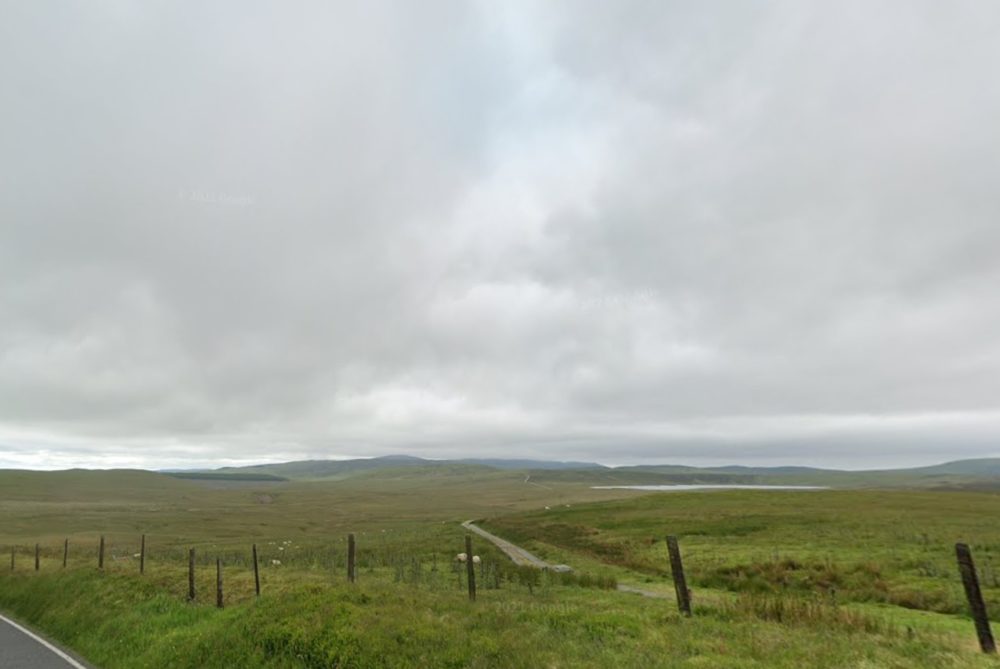Objections raised to weather mast plans that could lead to huge wind turbine development

Elgan Hearn, local democracy reporter
Plans to build a temporary mast to assess weather conditions at the site of a proposed wind turbine development have received 60 objections.
Powys County Council’s Planning committee will meet on Thursday, 14 March to decide on the the application by Esgair Galed Energy Park Limited which is the development vehicle for Bute Energy for the wind turbine project near Llyn Clywedog.
The meteorological mast would be 120 metres high and it would also be there for a three year period.
Information gleaned from the mast could inform the firm whether the conditions at the site is conducive for 220 metre high wind turbines.
The application is in front of the committee after being “called in” by the local county councillor, Plaid Cymru’s Gary Mitchell.
‘Overly large’
Cllr Mitchell objects to the proposal on several grounds and this is: “Due to the significant concerns raised by many members of the communities I represent to the overly large energy park that is proposed on and around this site and that this meteorological mast would feed results into I must object to this element of the proposal.”
Cllr Mitchell added: “The proposals of the wider energy park have raised many elements of concern from constituents, from the impact to the diverse ecology of the areas to the visual and noise impacts on residents.”
The report explains that 60 “representations” have been received.
These raise a number of concerns which include: that the proposal will lead on to a wind turbine development, height will impact the landscape, impact on birds and aircraft, disturb a peat bog, and impact on a Site of Special Scientific Interest (Plynlimon).
Trefeglwys Community Council have discussed the application at a meeting in February and support it.
Powys planning officer Rhian Griffiths said: “Whilst the area of the site is high in its value it does not form part of a defined area of outstanding natural beauty nor a national park.
“It is acknowledged that the mast will be visible from a wide area, the mast is constructed using slim aluminium, which will reduce the visual massing of the structure.”
“It is also noted that the mast will be sited for up to three years, and that as such, any impact upon the landscape will be temporary.”
‘Significant weight’
Ms Griffiths adds that planning policy gives “significant weight” for renewable energy projects.
Ms Griffiths said: “On balance it is considered that the proposal complies with relevant planning policies, and the recommendation is therefore one of consent.”
Since the firm unveiled their proposal in January, Bute Energy have held a number of drop in sessions in the area to explain their plans.
Esgair Galed Windfarm would roughly be situated, northwest of Llanidloes, southeast of Machynlleth and south of Llanbrynmair.
Any future wind turbine planning application would be deemed a Development of National Significance (DNS) and would be processed by Welsh Government planning inspectors at Planning and Environment Decisions Wales (PEDW).
If built the wind turbines would create 171 MW of electricity which would be enough to power between 113,000 and 179,000 households a year.
Bute Energy say the project will deliver significant benefits to the local community, worth around £1.2 million “based on current designs.”
Support our Nation today
For the price of a cup of coffee a month you can help us create an independent, not-for-profit, national news service for the people of Wales, by the people of Wales.





Is there any part of upland Wales not coveted by these wind farm carpetbaggers ?